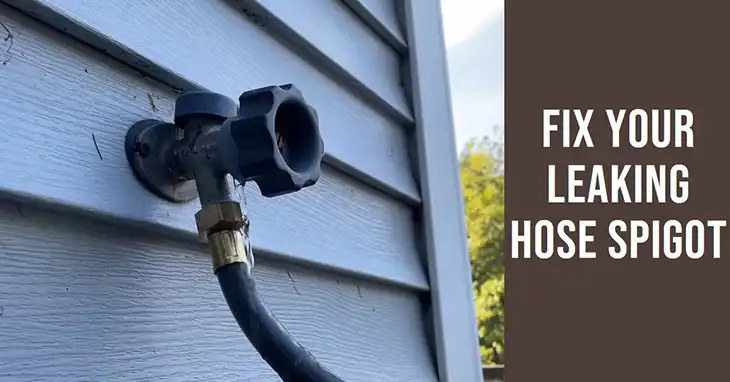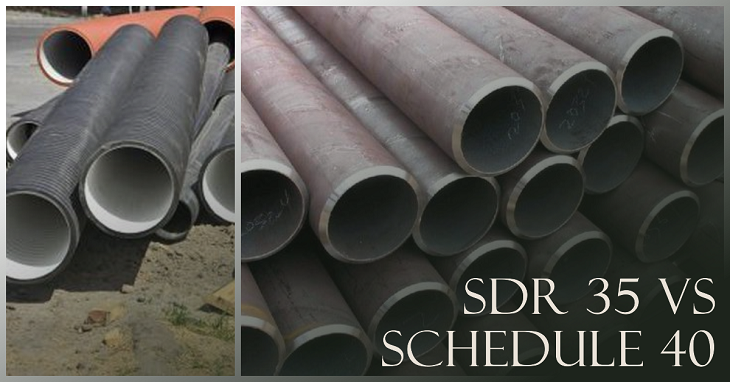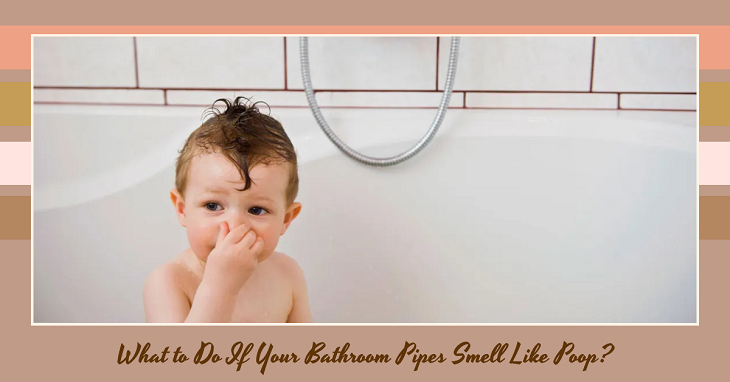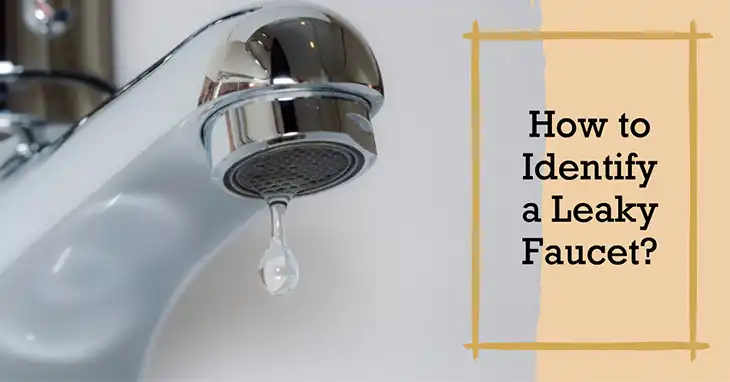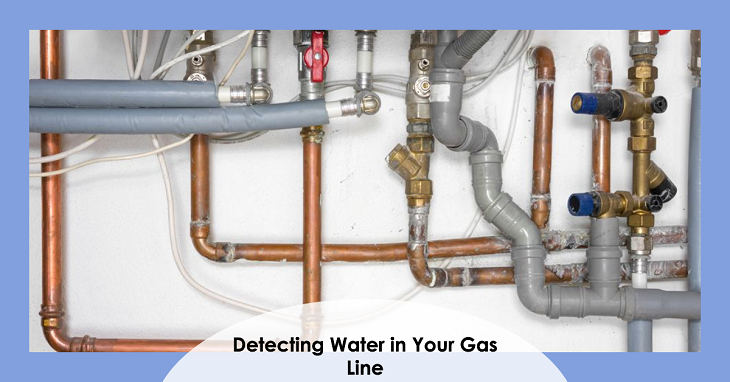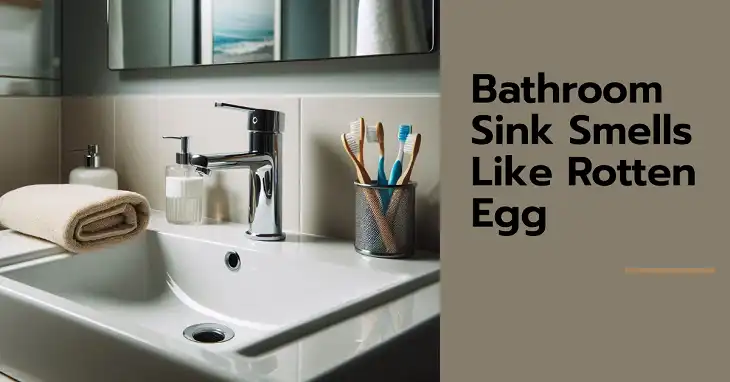How to Remove Limescale from Inside Pipes?
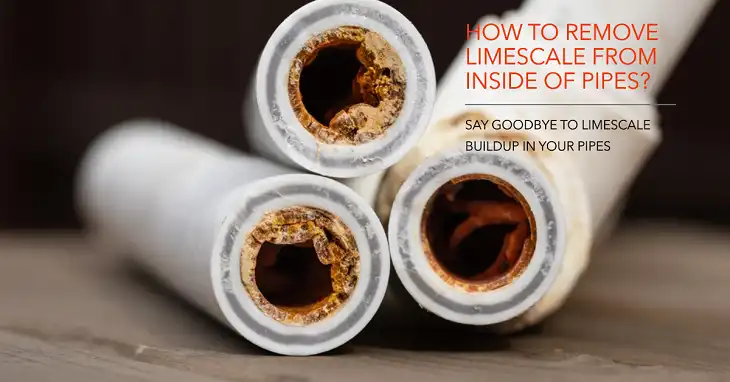
Limescale buildup inside pipes is a common issue in areas with hard water, where high concentrations of minerals like calcium and magnesium accumulate over time. This can lead to reduced water flow, clogs, and even damage to plumbing fixtures. Removing limescale from the inside of pipes can be challenging but is essential for maintaining water pressure and prolonging the life of your plumbing system. In this article, we’ll explore the most effective methods to get rid of limescale deposits and prevent them from coming back.
What is Limescale?
Limescale is a hard, chalky deposit that forms inside pipes, faucets, and other water-based appliances when water with a high mineral content (hard water) evaporates, leaving behind calcium and magnesium deposits. Over time, this buildup can restrict water flow, cause pipes to clog, and even corrode metal surfaces, leading to costly repairs or replacements.
How Does Limescale Form Inside Pipes?
Limescale forms when hard water flows through your plumbing system. As water heats up or evaporates, it leaves behind calcium carbonate and magnesium carbonate, which adhere to the inner surfaces of pipes. With continued exposure, these minerals harden and accumulate, creating thick, crusty layers that are difficult to remove.
Why Should You Remove Limescale from Pipes?
Removing limescale from your pipes is crucial for several reasons:
- Improved Water Flow: Limescale buildup can restrict water flow, reducing pressure and making it harder to use water fixtures.
- Prevents Clogs: If left unchecked, limescale can completely block pipes, leading to serious plumbing issues.
- Energy Efficiency: Limescale reduces the efficiency of water heaters, as it acts as an insulating layer, making your appliances work harder to heat water.
- Extends Plumbing Life: Removing limescale prevents corrosion and damage, prolonging the life of your pipes and reducing maintenance costs.
How to Remove Limescale from Inside of Pipes: Step-by-Step Guide
There are a few proven methods to remove limescale from the inside of pipes, ranging from natural solutions to chemical treatments. Here’s a step-by-step guide:
Method 1: Using Vinegar and Baking Soda
- Turn Off Water Supply
Begin by turning off the water supply to the affected pipes. This will allow the cleaning solution to sit in the pipes and break down the limescale more effectively. - Create a Cleaning Solution
Mix one cup of vinegar with half a cup of baking soda. The mixture will fizz, which helps break down the limescale inside the pipes. - Pour the Solution into the Pipes
Pour the mixture into the affected pipe through a funnel. Allow the solution to sit for at least one hour, giving it time to dissolve the limescale. - Flush with Hot Water
Turn the water supply back on and flush the pipes with hot water for several minutes. This will wash out the dissolved limescale and leave the pipes clear.
Method 2: Using a Commercial Descaler
- Choose a Commercial Descaler
Purchase a commercial-grade descaler specifically designed for limescale removal. Make sure it’s safe for your type of pipes—check whether they’re copper, PVC, or galvanized steel. - Follow the Manufacturer’s Instructions
Each descaler has its own instructions, so follow them carefully. Typically, you’ll pour the solution into the pipes and let it sit for a designated period. - Flush the Pipes
After the descaler has done its work, flush the pipes thoroughly with water to remove any remaining chemical residue. - Inspect the Results
Check water flow and inspect the pipe, if accessible, to see if the limescale has been effectively removed. If not, repeat the process as needed.
Method 3: Using a Water Softener System
If your home has a persistent hard water problem, consider installing a water softener system. This device replaces calcium and magnesium ions in the water with sodium or potassium ions, preventing limescale from forming in the first place.
- Install a Water Softener System
Hire a professional plumber to install a whole-house water softener system. This will treat all the water entering your home, protecting your pipes and appliances. - Monitor Salt Levels Regularly
Regularly check and refill the salt in the softener tank to ensure optimal performance. - Enjoy Scale-Free Pipes
With softened water, limescale will no longer accumulate, keeping your pipes clear and your plumbing system efficient.
How to Prevent Limescale Buildup in Pipes
Preventing limescale is more efficient than removing it. Here are some tips to keep your pipes free from mineral deposits:
- Install a Water Softener
A water softener will treat hard water at the source, eliminating limescale issues throughout your home. - Use Vinegar Regularly
Flush your pipes with a vinegar solution every few months to dissolve minor limescale buildup before it becomes a major problem. - Reduce Water Temperature
Limescale forms more rapidly in hot water. Lowering the temperature of your water heater can slow down the buildup.
Does Removing Limescale from Pipes Require a Plumber?
Not necessarily. Minor limescale buildup can often be handled with DIY methods like vinegar or a store-bought descaler. However, if you’re dealing with severe blockages or long-standing buildup, it’s best to consult a professional plumber. A plumber can use specialized tools like pipe snakes or hydro-jetting to clear out even the most stubborn deposits.
Should You Install a Water Softener to Prevent Limescale?
If you live in an area with hard water, installing a water softener is the most effective long-term solution. It not only prevents limescale from forming in your pipes but also extends the life of your water heater, washing machine, and other appliances.
Final Thoughts
Limescale inside pipes is a common issue in homes with hard water. Using the right cleaning methods—such as vinegar and baking soda, commercial descalers, or investing in a water softener system—can help you remove limescale and maintain the health of your plumbing system. Regular maintenance and preventative measures will keep your pipes limescale-free and ensure consistent water flow throughout your home.
FAQs
Can limescale completely block pipes?
Yes, severe limescale buildup can eventually block pipes, leading to restricted water flow and potential plumbing issues. It’s best to address the problem early.
Is vinegar safe to use in pipes?
Vinegar is generally safe for most pipes, including PVC and metal pipes. However, use it cautiously in older systems, as the acidity can sometimes corrode vulnerable materials.
How often should I descale my pipes?
Descale your pipes every 3-6 months if you have hard water. This frequency may vary depending on the severity of the limescale problem.
Will a water softener eliminate limescale?
A water softener can prevent future limescale buildup, but it won’t remove existing deposits. For that, you’ll need to use a descaler or other cleaning method.
Can I use a pressure washer to remove limescale?
Pressure washers are not recommended for removing limescale from inside pipes, as the high pressure can damage plumbing. Instead, use chemical descalers or call a plumber for hydro-jetting.

